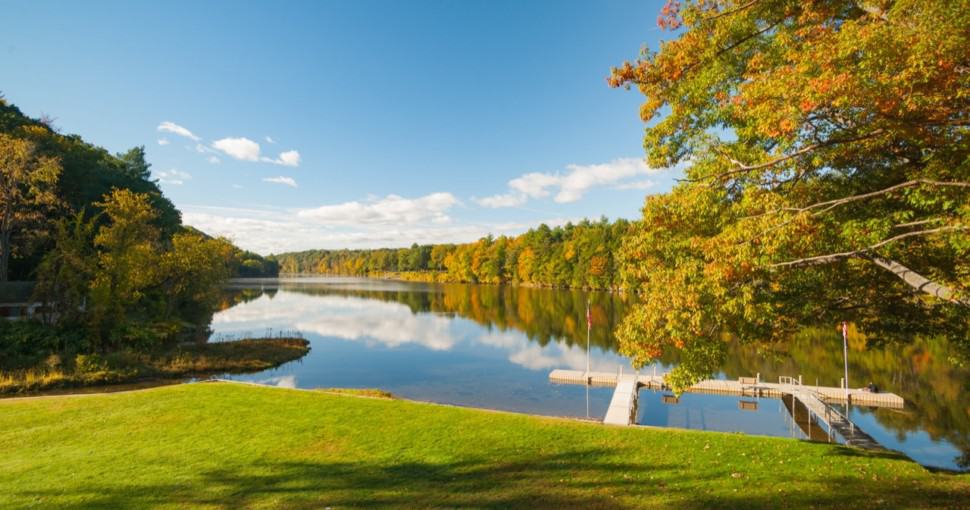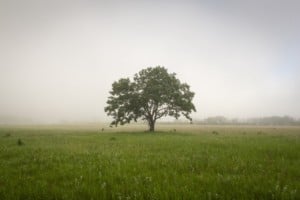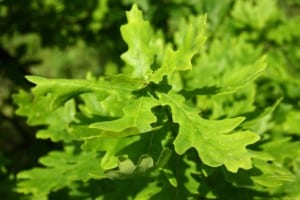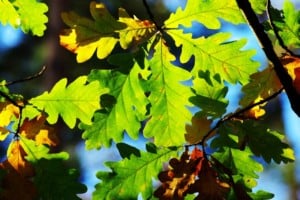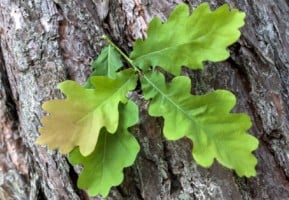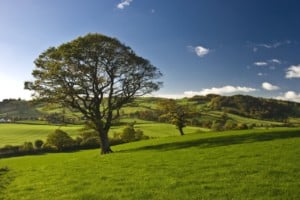Vermont is one of the states in the New England region of the United States of America. Although it shares borders with Massachusetts, New Hampshire, Quebec, and New York, Vermont does not share a border with the Atlantic Ocean as these other states do. Moreover, Vermont is the sixth-smallest state by area and is the second to least populated.
Contents
The land-locked state of Vermont contains the Green Mountains, which run down almost the entire length of the state like a spine. This central geographical feature separates Lake Champlain and other valleys on the western side from the Connecticut River Valley towards the eastern border. Moreover, the majority of Vermont’s terrain is forested, primarily with conifers and hardwoods.
While in the more mountainous areas of Vermont, the climate supports delicate alpine ecosystems. However, the average climate of the state of Vermont is typically characterized as a humid continental climate, with mild summers, colorful autumns, muddy springs, and cold, snowy winters.
This article will list the different types of oak trees in Vermont, outlining the main features and defining characteristics along the way.
1. Chinkapin Oak (quercus muehlenbergii)
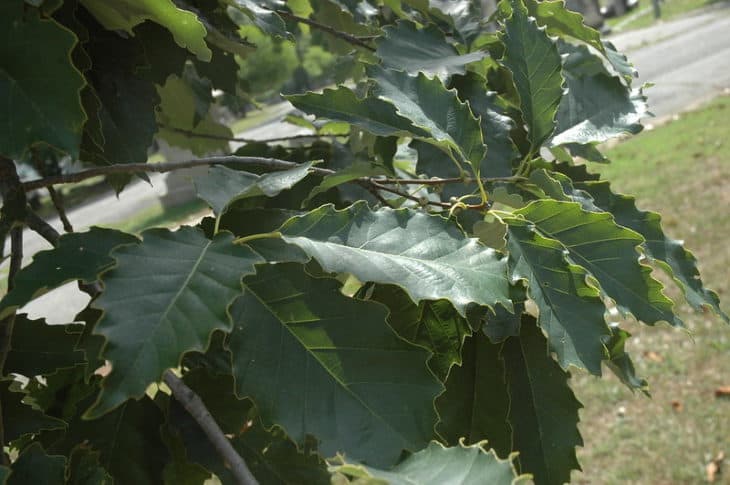
The Chinkapin Oak is a deciduous white oak species indigenous to eastern and central North America. Its range is distributed from Vermont to Minnesota and Florida to New Mexico. Occasionally, the Chinkapin Oak grows into a tree, but it remains as a shrub in most environments. Moreover, this species of tree is typically found growing on calcareous soils and rocky slopes.
2. Pin Oak (quercus palustris)
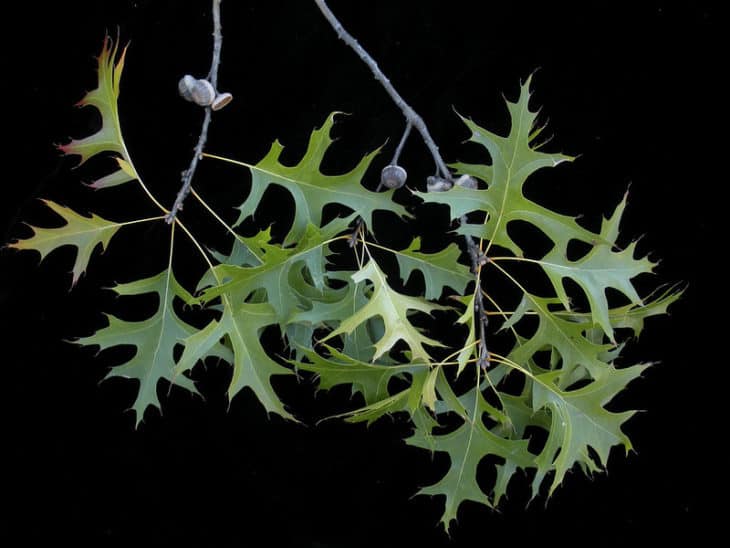
Also commonly known as the swamp Spanish Oak, the Pin Oak tree is a red oak and is one of the most common landscaping oaks due to fast growth, ease of transplanting, and tolerance to pollution. This medium-sized deciduous tree grows up to 22 meters in height, with a 14-meter spread in mature individuals.
Moreover, with a lifespan of around 120 years, it is not as long-lived as many other oaks native to the region. The Pin Oak’s distribution ranges from Connecticut to Kansas and Georgia to Oklahoma.
3. Dwarf Chinkapin Oak (quercus prinoides)
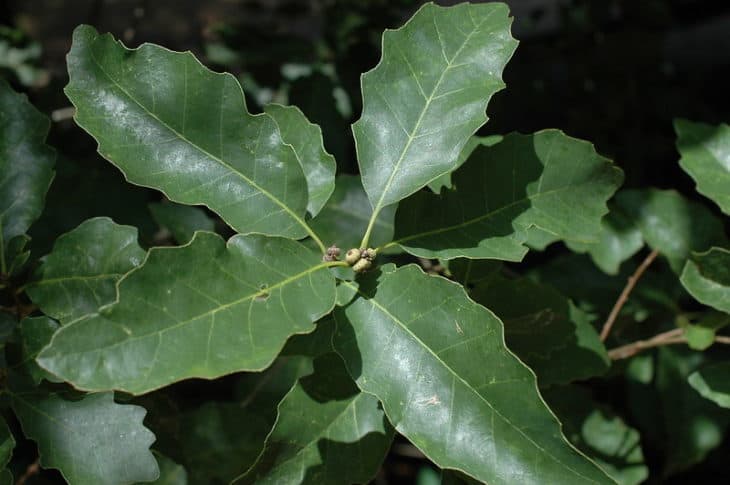
The Dwarf Chinkapin Oak, or scrub chestnut Oak, is a small tree or shrub indigenous to eastern and central North America. Its distribution ranges from New Hampshire to Georgia, Nebraska, Alabama, Oklahoma, and Louisiana.
This small oak species grows to around 6 meters in height and often spreads vegetatively through underground rhizomes. Moreover, like all white oaks, the Dwarf Chinkapin Oak has sweet-tasting green acorns relished by many types of wildlife and humans.
4. Scarlet Oak (quercus coccinea)
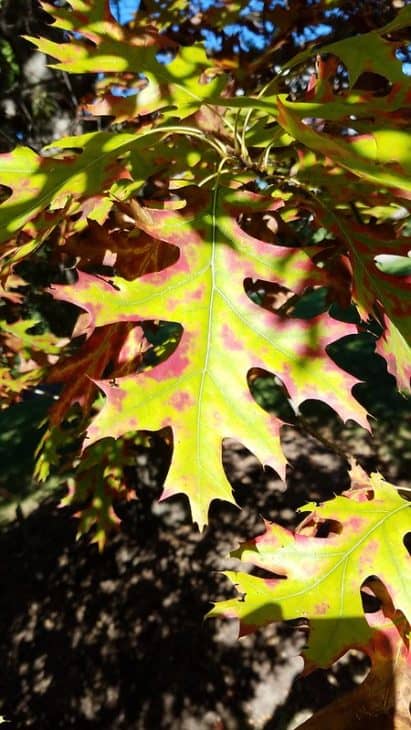
The scarlet oak is a medium-large deciduous oak of the red oak family and is indigenous to central and eastern North America. Its distribution ranges from Maine to Wisconsin, Michigan, and Missouri, and as far south as Alabama, Louisiana, and Georgia. The Scarlet Oak tree typically grows to heights of 20 to 30 meters and has an open and rounded crown.
Moreover, this species is typically found thriving on dry, sandy, and sometimes acidic soils and serves as a critical canopy species in oak-heath forests. Finally, due to the striking red color of the leaves during autumn, the Scarlet Oak is often used as an ornamental tree in urban landscapes.

